
This is the second in a series of articles on level management. The entire handbook of level articles can be downloaded here.
Fast-paced work environments are driving the need for accurate, real-time data. Sensor manufacturers and software developers have been rigorously working to create new and innovative solutions.
Is your operation seeking ways to more efficiently monitor inventory? Check out these popular trends.
Sensors that work in dust
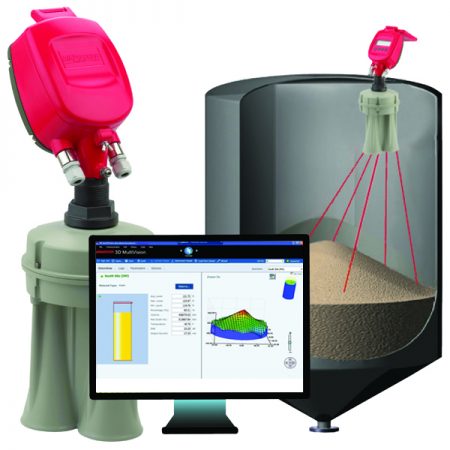 It wasn’t that many years ago that the roofs of silos were a graveyard of level sensors. Plant managers were anxious to be more efficient and proactive when managing inventory. Many tried new products, but to no avail. The most common complaints were inaccurate readings, the sensors didn’t work reliably over time, and they required far too much maintenance. Operations were frustrated by trust issues.
It wasn’t that many years ago that the roofs of silos were a graveyard of level sensors. Plant managers were anxious to be more efficient and proactive when managing inventory. Many tried new products, but to no avail. The most common complaints were inaccurate readings, the sensors didn’t work reliably over time, and they required far too much maintenance. Operations were frustrated by trust issues.
Their frustrations did not fall on deaf ears. Sensor manufacturers looked to new technologies and product improvements that could overcome challenges typical in silos storing powders and solids. The sensor had to work continuously in a dusty environment and in sticky materials. While traditional weight-and-cable-based sensors would work reliably, plants were also demanding a non-contact sensor that would measure continuously.
Two technologies emerged over the last decade that could finally meet these demands. One is an acoustics-based sensor that uses sound waves to measure multiple points on the material surface in the silo. The other completely revolutionized non-contact radar, using the 80 GHz frequency band to overcome the shortcomings of its predecessors.
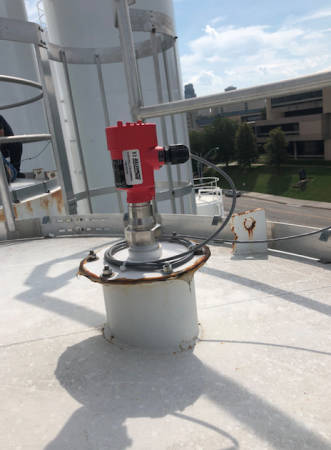 Doing away with expensive wiring
Doing away with expensive wiring
Running long spans of wire outdoors is often unfeasible and impractical. The cost of installing hundreds if not thousands of feet of wire and the poles to support it cannot be easily justified. In many cases, wiring has prevented an operation from becoming “a connected plant.” This causes personnel to be disconnected from their inventory.
Wireless devices were the missing link between sensors and the software that could provide workers with the data to do their jobs better. The advent and proliferation of wireless technology is changing the landscape at industrial plants.
Wireless bridges and gateways have become reliable in getting data from point A to point B. They are now more robust and durable for outdoor environments, making them suitable for use in harsh weather conditions. At the same time, the price of these devices has come down significantly—making a connected plant affordable. They also reduce installation costs to just a fraction of the cost of hard wiring.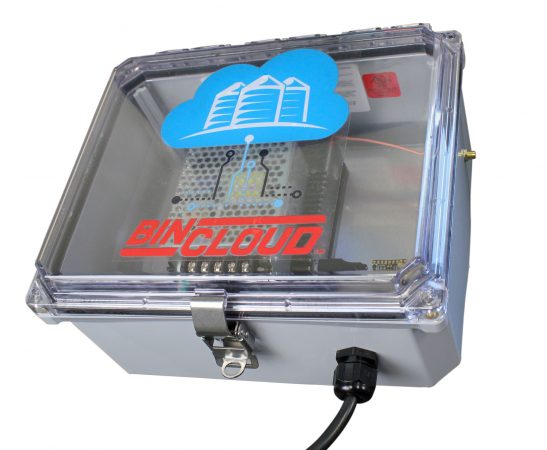
Accessing inventory on a phone
If there is one thing that almost every employee at any plant has in common, it’s a cell phone. Now, 86 percent of adults in Canada are reported to have a cell phone. The cell phone is the device relied on for almost everything personal and professional. On top of that, 91 percent of Canadians are reported to use the internet. Those who do expect it to make their life easier.
Software applications are user-friendly and are optimized for viewing on mobile devices. Any phone that has internet access can become a powerful business management tool. Personnel can now access their silo inventory data from their phone whether they are at the plant or offsite.
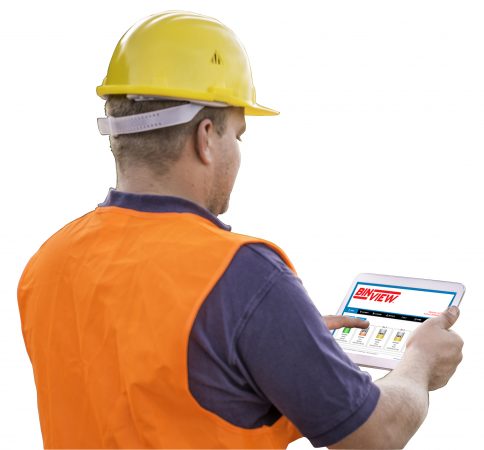
Construction Worker Contractor Using Tablet
Software as a Service (SaaS) subscriptions now proliferate most industrial businesses. They are used for everything from Enterprise Resource Planning (ERP), to human resource management, to a company’s website, and many more functions. At industrial plants, SaaS is used to manage inventory and optimize the purchasing function.
Displaying data locally
Industries such as mining, cement, and agriculture have plants that cover acres of terrain and multiple locations that can be miles from one another. Even in more industrialized environments such as food processing, plastics, and chemical plants, silos are often spread out across the plant or clustered in remote groups. Plant personnel need to know how much material is in each silo, which silos have remaining capacity, and which to pull from next.
Accessing silo levels in real-time is a real time saver. Eliminating climbing silos to check levels helps to make CCOHS compliance easier. Falls are among the most common hazards in the workplace and can be avoided using a small and simple device.
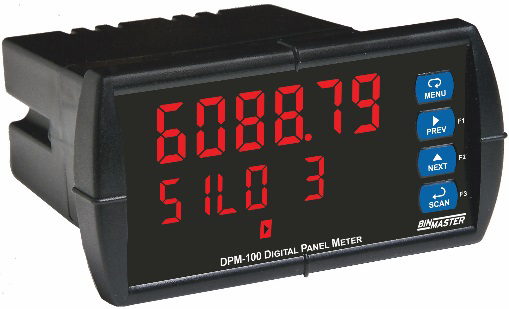 Digital panel meters have come a long way in design features and are very affordable. LED technology makes them easy to read even in bright sunlight and dust. Plants install digital panel meters to make level data available for every silo. They are used at loadouts by drivers and by personnel managing scheduling and production alike.
Digital panel meters have come a long way in design features and are very affordable. LED technology makes them easy to read even in bright sunlight and dust. Plants install digital panel meters to make level data available for every silo. They are used at loadouts by drivers and by personnel managing scheduling and production alike.Simplifying sensor replacement
A common theme among manufacturers is a shortage of qualified staff to get maintenance work done. With unemployment in Canada hovering around 5.5 percent, it is hard to recruit full-time staff. This has resulted in outsourcing work to third-party vendors and licensed electricians to keep operations running smoothly.
Industrial plants are tough on level sensors. Many are characterized by dusty, dirty, or harsh environments. This dictates that equipment is maintained on a regular basis and occasionally replaced altogether. But when you couple a lack of staff and a rigorous preventive maintenance schedule, you need a solution to make the task go quickly with less qualified staff.
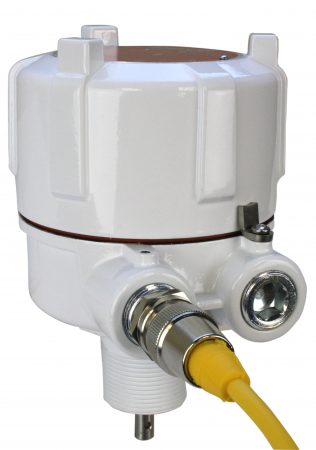 Adding a Quick Disconnect—or QD for short—has become a real time saver. These inexpensive accessories can take the tedious task of hard wiring sensor and turn it into a literal plug-in operation. No licensed electrician needed! Staff spend less time installing, replacing, or maintaining a sensor. QD connectors can be purchased separately for retrofit, or some manufacturers will ship new sensors with the QD option already installed.
Adding a Quick Disconnect—or QD for short—has become a real time saver. These inexpensive accessories can take the tedious task of hard wiring sensor and turn it into a literal plug-in operation. No licensed electrician needed! Staff spend less time installing, replacing, or maintaining a sensor. QD connectors can be purchased separately for retrofit, or some manufacturers will ship new sensors with the QD option already installed.Have an inventory problem you need solved? Be sure to reach out to a trusted partner. You are the future of inventory monitoring!
Print this page